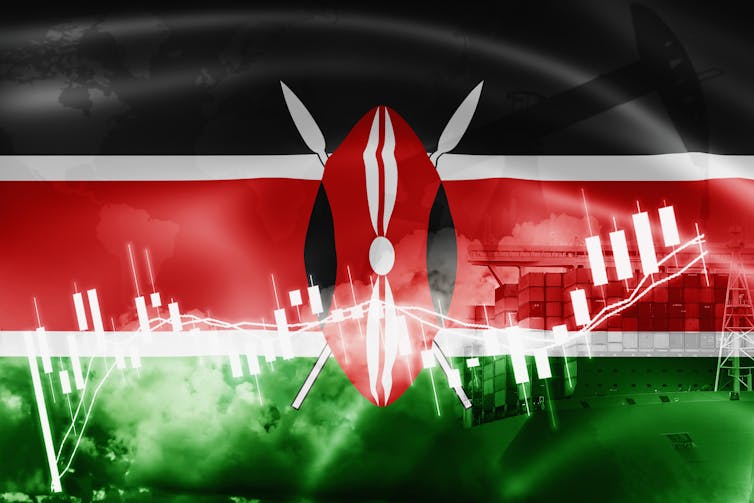
President William Ruto’s first budget comes to the national assembly on 15 June against the backdrop of massive public debt and public disquiet over high inflation. The KSh3.663 trillion (US$26.35 billion) plan sets out priority areas of an administration that campaigned on the platform of empowering the informal sector. Many of the budgetary measures meant to support economic recovery and promote inclusive growth have caused a public uproar amid high prices of basic commodities. Finance scholar Odongo Kodongo, agricultural economist Timothy Njagi and economist XN Iraki review the key aspects.
What’s the government doing to address the budget deficit?
Odongo Kodongo: Last year, Ruto instructed Kenya’s Ministry of Finance to slash KSh300 billion (about US$2.5 billion at the time) from the government’s spending for the 2022/23 fiscal year. That’s a cut of about 9% of the Ksh3.286 trillion that the treasury had expected to spend.
This cut would be a step towards reducing the country’s budget deficit – the difference between the government’s spending and its income. The deficit was projected at KSh849.2 billion (or 5% of GDP) for the 2022/23 fiscal year.
When the budget deficit is high, it means that more of the government’s planned expenditures must be financed by debt. This causes the amount of public debt to increase. However, at about 5.7% of GDP, Kenya’s budget deficit is comparable to that of South Africa and the US. It’s about the same, too, as the average levels recently observed in most low-income countries.
It’s not clear whether the government has achieved the budget cut. The minister has said that emergencies and pressing issues such as drought and curriculum changes have required spending.
Ruto’s administration criticises the former administration but continues to borrow just like it did. It recently adjusted the debt ceiling again, replacing the existing ceiling of KSh10 trillion with a “floating” ceiling of 55% of GDP. This means the government will change its debt annually depending on the country’s economic output.
There’s no real political will to rein in spending. The drive to do so was part of the International Monetary Fund’s conditions for funding.
What does the budget mean for the agricultural sector?
Timothy Njagi: Ruto’s administration has tried to keep some of the election promises made. The budget proposals are consistent with some of these.
First, the government committed to enhancing access and reducing the costs of inputs – mainly through fertiliser subsidies. The government reintroduced the subsidy that offered fertiliser at 50% of the market price.
My take is that the subsidy is justified, but doing it through the National Cereals and Produce Board is a poor choice for the model of delivery. The model, where the government procures fertiliser and farmers collect it from the nearest cereal board depot, does not enhance access as distribution is concentrated in areas with high maize growing potential. The distance from farming households to the nearest depot is far, and the transport costs reduce the cost saving.
Second, the government committed to reducing the cost of food. It aims to raise agricultural productivity and reduce reliance on imports for food security. Although the government has waived import duties and the finance bill proposes to reduce some levies (import declaration levy and railway development levy), the measures have been countered by a rising exchange rate and high global food prices.
Success in raising agricultural productivity depends to a great extent on the performance of county governments. While county governments have allocated better proportions of their budget to the agricultural sector (6%) compared to the national government (2%), they have to invest in extension services.
The commitment to finance the agricultural sector was quite low (KSh250 billion over five years) in view of challenges such as lack of extension services and climate-related shocks.
Third, the Finance Bill has some measures that will benefit agro-processing industries. The removal of annual inflation adjustments to the excise duty will create a predictable environment. Excise duty on imported food is intended to protect local producers, but it must be accompanied by investments to make them more competitive. Imposing export levies on raw primary products is an incentive for local value addition and this could potentially create employment.
There are some concerns about tax changes that could raise the cost of production for farmers in the short term. There is also a need for consistency in the value-added tax policy as it has kept changing since 2013.
Does the budget deliver Ruto’s promise to transform the manufacturing sector?
XN Iraki: Manufacturing contributed only 7.8% of GDP in 2022. This is well below many African countries, including Uganda, Ghana, Nigeria and Eswatini.
To support manufacturing, the Kenyan budget outlines a number of investments, incentives and taxation measures. Top of these, in my view, is the revival of Kenya Industrial Estates – a state agency established to promote micro and small-scale industries.
There is also a new ministry to oversee the involvement of small and medium enterprises in manufacturing. The budget includes plans to establish a small and micro-enterprise development centre in every ward, as well as an industrial park and business incubation centre in every technical and vocational education and training institution.
Funding for research and development will rise from 0.8% in the next fiscal year to 1% of GDP after three years but this is low compared with, say, Israel, which put 4.8% of its GDP into research and development in 2022. Israel is a leader in innovation, more so in agriculture.
The budget policy statement says there will be more investment in technical and vocational training. The government also intends to halt the conversion of polytechnics into universities so the country can produce more graduates with technical skills. This is reinforced by training and professional development opportunities for manufacturing workers.
The budget policy seeks to give manufacturers incentives to invest in employee training. It proposes an extension of the African Growth and Opportunity Act beyond 2025 and offers tax incentives for exporters.
Ruto also intends to support agro-processing and value addition to agricultural exports. This is a good step in a country where almost a quarter of the GDP comes from agriculture.
The budget is a good start but it has to be implemented. Manufacturing was a priority sector for Mwai Kibaki’s and Uhuru Kenyatta’s administrations. The targeted 20% contribution of manufacturing to GDP needs a lot of work.
***
XN Iraki, Associate Professor, Faculty of Business and Management Sciences, University of Nairobi; Odongo Kodongo, Associate professor, Finance, University of the Witwatersrand, and Timothy Njagi Njeru, Research Fellow, Tegemeo Institute, Egerton University
This article is republished from The Conversation under a Creative Commons license.





